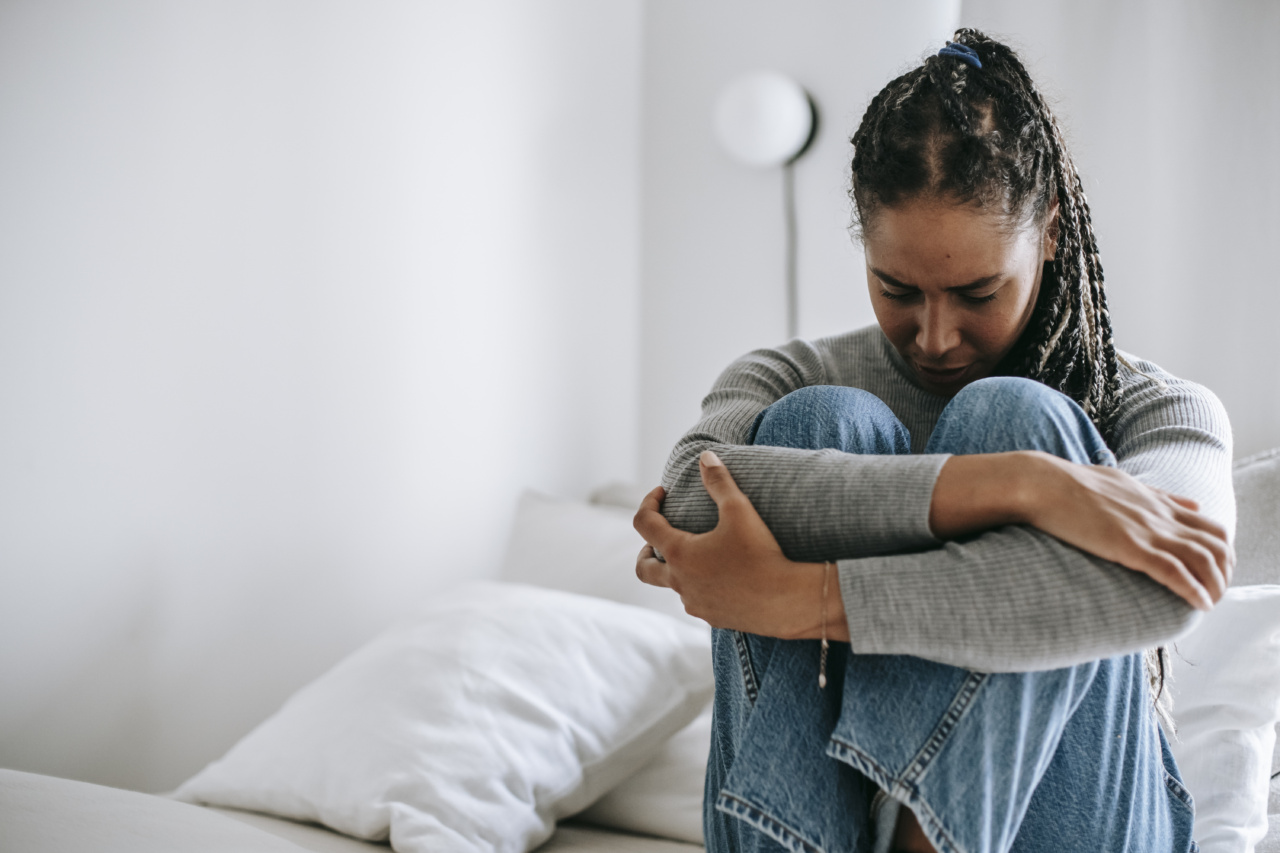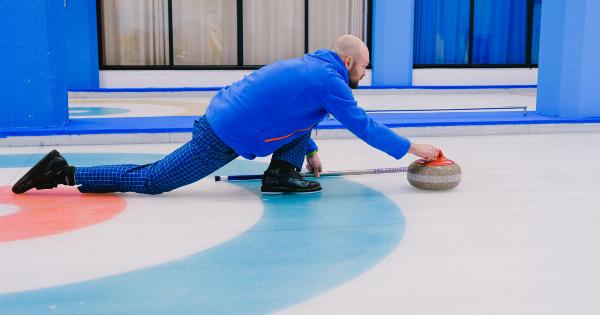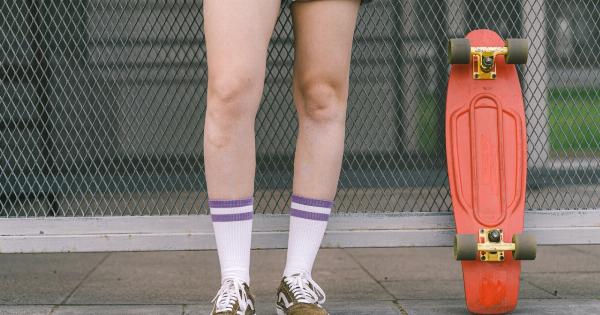Knee pain can be debilitating and make it difficult to perform everyday activities. It’s important to find ways to ease your discomfort and regain your mobility.
In this article, we’ll cover ten ways to relieve knee pain that you can try at home.
1. Rest and Ice
One of the simplest ways to relieve knee pain is to rest and apply ice to the affected area. Resting allows your knee to recover from any damage or injury, while icing helps to reduce inflammation and pain.
When applying ice, wrap it in a towel or freezer bag and apply it to your knee for 15-20 minutes at a time, several times a day.
2. Compression
Compressing your knee can help to reduce swelling and inflammation. You can use a knee brace or wrap to provide compression, but don’t wrap it too tightly as this can hinder circulation.
3. Elevation
Elevating your knee can also help to reduce swelling and inflammation. Try to keep your knee elevated above the level of your heart as much as possible, such as when lying down or sitting in a chair.
4. Exercise
While too much activity can be detrimental to a sore knee, moderate exercise can help to strengthen the muscles around the knee and reduce pain. Exercises can include leg lifts, squats, and lunges.
Always consult with your doctor or a physical therapist before starting any exercise program.
5. Physical Therapy
If your knee pain is severe or long-lasting, physical therapy may be recommended. A physical therapist can help to create an exercise program tailored to your needs and provide guidance on proper form and technique.
6. Massage
Massage therapy can be an effective way to relieve knee pain. A qualified massage therapist can work on the muscles around your knee and help to reduce stiffness and inflammation.
7. Weight Loss
If you’re overweight or obese, losing weight can help to reduce the pressure on your knees and alleviate pain. Even a small amount of weight loss can make a big difference in knee pain relief.
8. Anti-Inflammatory Medication
Over-the-counter anti-inflammatory medications like ibuprofen can help to reduce pain and inflammation in your knee. However, it’s important to follow the recommended dosage and consult with your healthcare provider if you have any concerns.
9. Acupuncture
Acupuncture is an alternative therapy that involves inserting needles into specific points on the body. While the evidence is mixed on its effectiveness for knee pain relief, some people have found it helpful.
10. Surgery
If your knee pain is caused by an injury or damage to the joint, surgery may be necessary. Common knee surgeries include arthroscopy, knee replacement, and ligament repair.
Always discuss the risks and benefits of surgery with your healthcare provider before making a decision.
Conclusion
Knee pain can interfere with your daily life, but there are many ways to ease your discomfort and improve your mobility. From rest and ice to exercise and massage, try these ten knee pain relief strategies to find what works for you.























